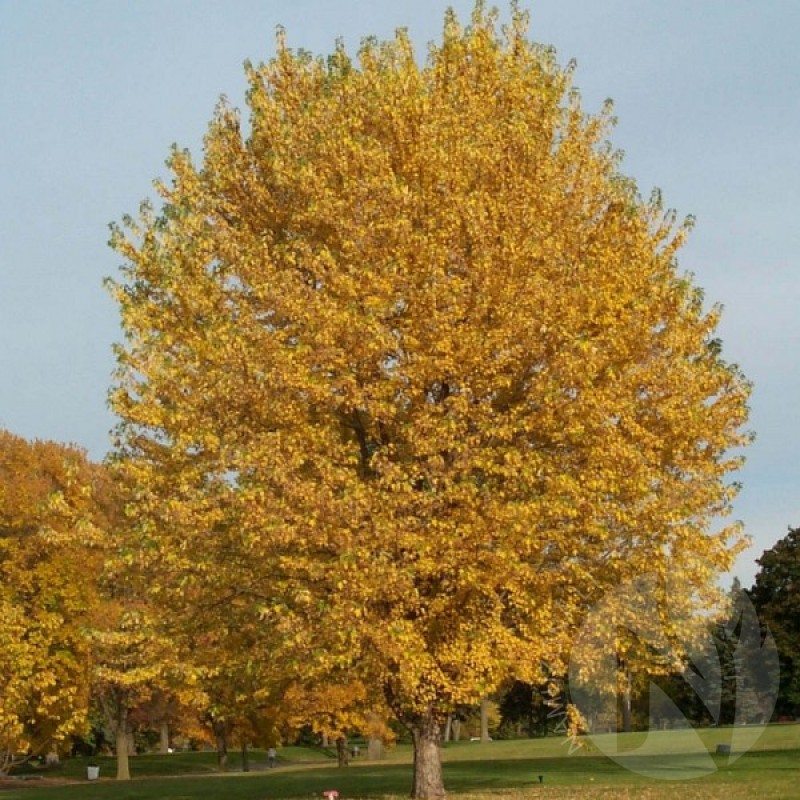
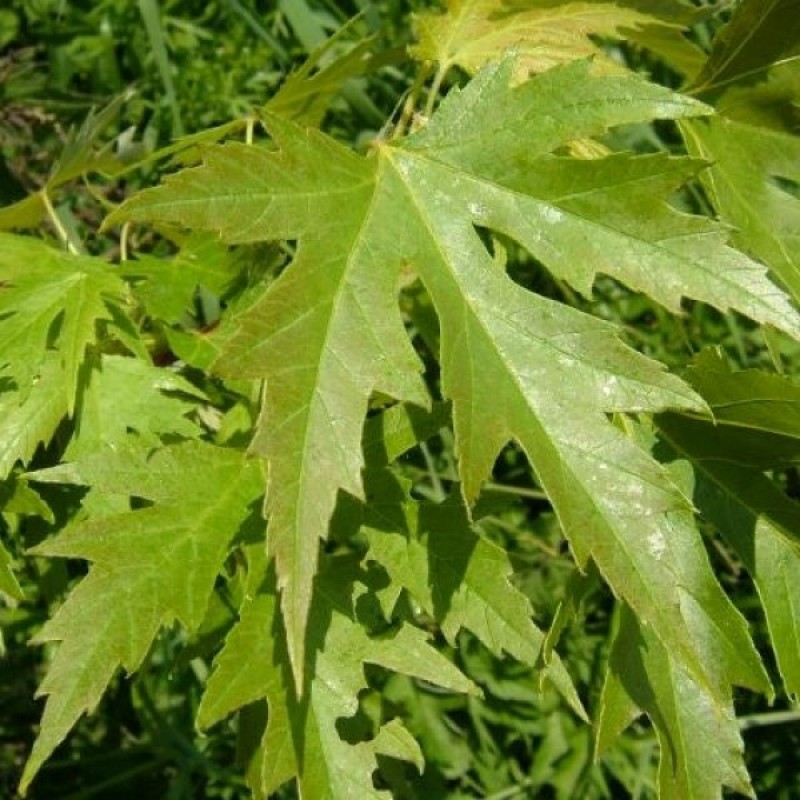
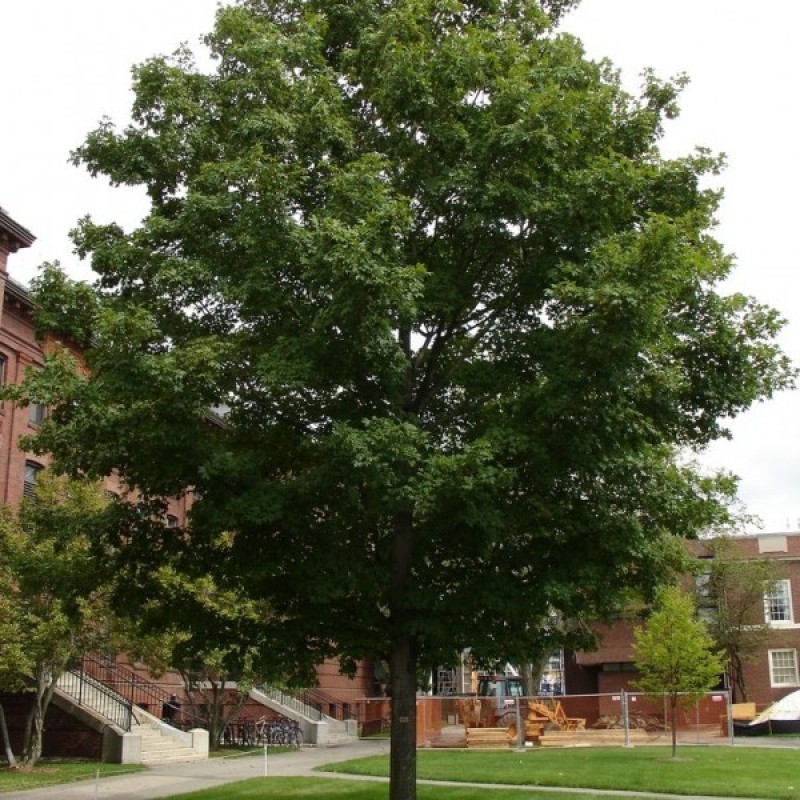
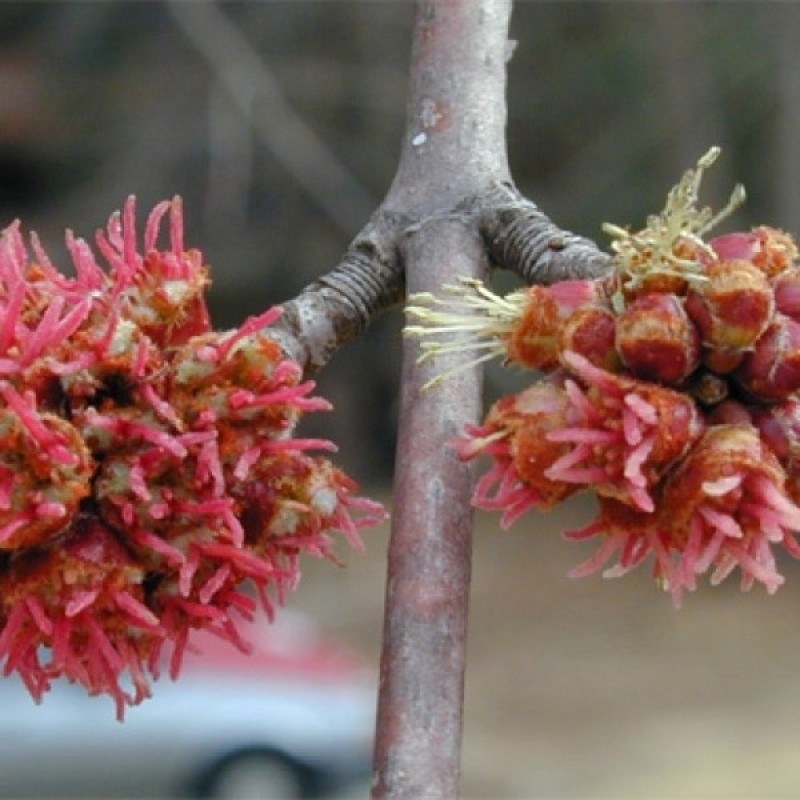
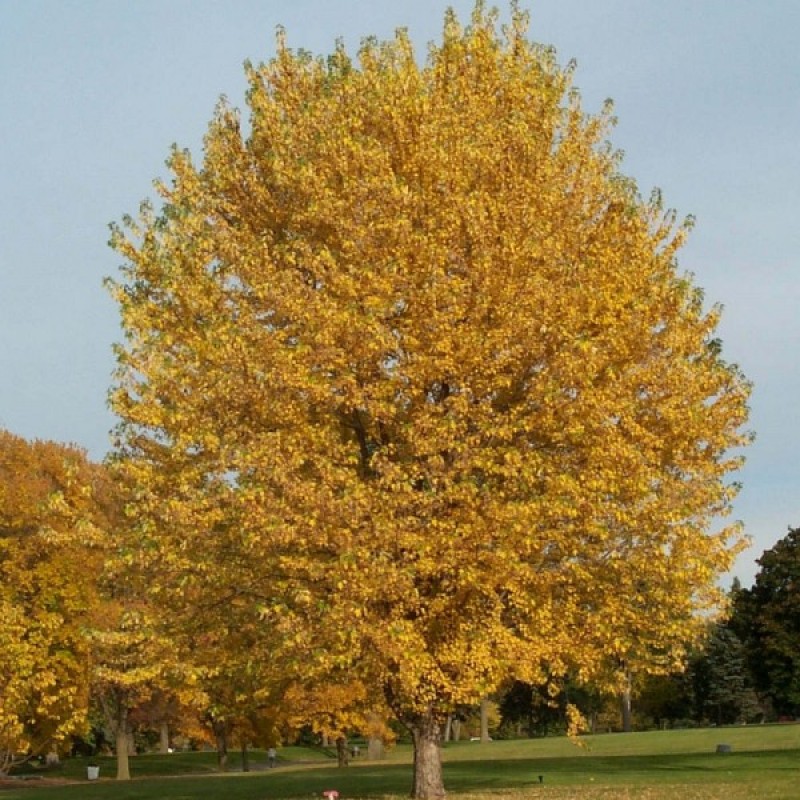
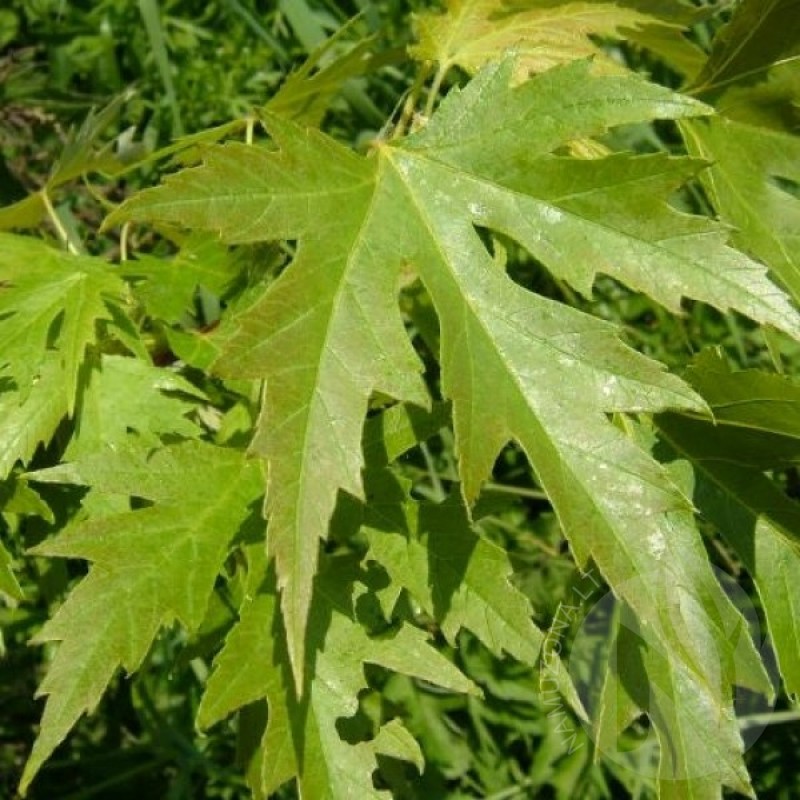
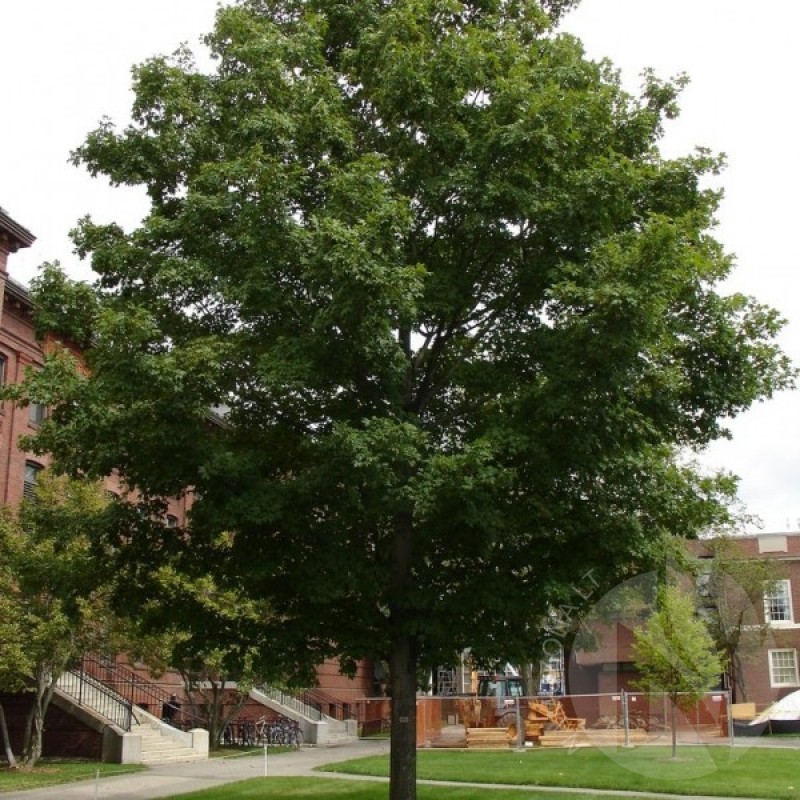
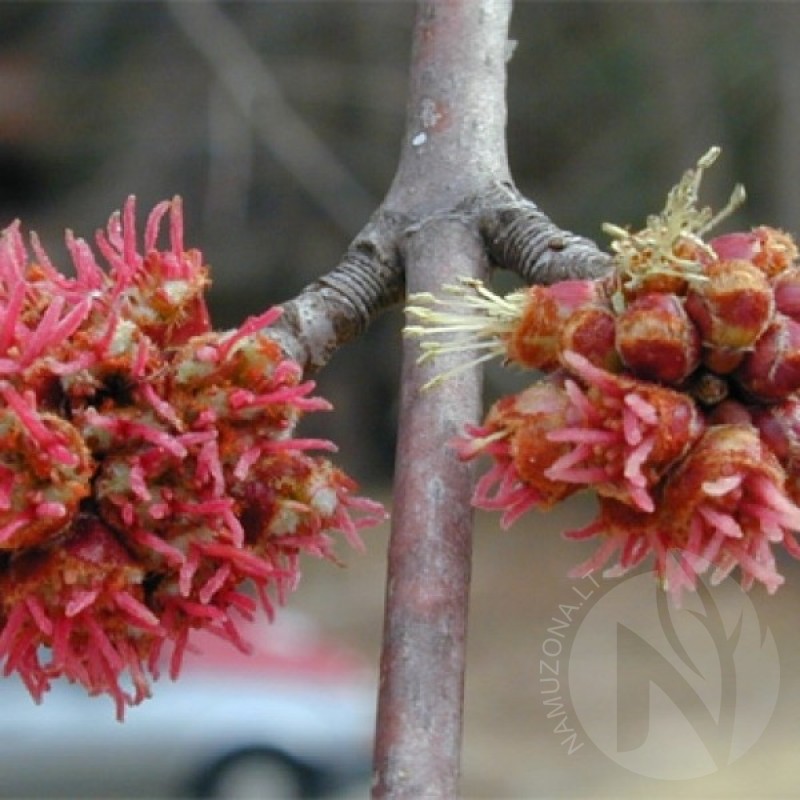
PAY ATTENTION!
All seeds (except SOLD OUT) are available for immediate shipping and will be dispatched within 1-2 business days.
INFORMATION NEEDED? PLEASE CONTACT US NOW!
Silver maple is a fast growing large open shade tree that is native to eastern North America. It has an oval to rounded canopy and narrow branch crotches. Its medium green leaves have silver undersides and may change to yellow or yellow-brown in fall.
Of easy cultivation, it prefers a good moist well-drained soil but does well in much wetter soils than most member of the genus. Succeeds in most soils including chalk. Another report says that this species is liable to become chlorotic as a result of iron deficiency when it is grown on alkaline soils. Grows well in heavy clay soils. Prefers a moderately sunny position. Tolerates atmospheric pollution. Fairly wind-tolerant. The wood is brittle and branches are liable to break off the tree in high winds. Trees can tolerate short periods of flooding, but are very susceptible to fire. A very ornamenta and fast growing tree, but it is short-lived, seldom surviving longer than 125 - 140 years. The tree has invasive roots and these often interfere with sewer pipes and drainage tiles around houses. The silver maple is a bad companion plant, inhibiting the growth of nearby plants.
Genus - Acer
Species - Saccharinum
Common name - Silver Maple
Pre-Treatment - Required
Hardiness zones - 4 - 8
Height - 60'-120' / 18 - 39 m
Spread - 40'-80' / 12 - 24 m
Plant type - Medium Tree
Vegetation type - Deciduous
Exposure - Full Sun, Partial Sun
Growth rate - Slow
Soil PH - Acidic, Neutral, Alkaline
Soil type - Clay, Loam, Sand
Water requirements - Average water needs. Water regularly, do not over water
Landscape uses - Shade or street tree
Bloom season - Early Spring
Leaf / Flower color - Dark Green / --
GERMINATION INSTRUCTIONS
1. Start the cold stratification process one month before the beginning of spring.
2. Place the seeds in a glass bowl and cover with room temperature water. Allow the seeds to soak for a minimum of 24 hours but no longer than 48 hours.
3. Hold a handful of sterile peat planting medium under a running faucet until the peat is soaked. Squeeze most of the water out of the peat, leaving it moist but not soggy. Place the moist peat into a zip-lock plastic bag.
4. Remove the seeds from the bowl of water and rinse them off under clean running water. Place up to three seeds into the plastic bag containing the peat. Use more peat and plastic bags if you want to germinate more than three seeds.
5. Push the seeds into the peat and seal the plastic bag. Shake the bag to distribute the peat so that it covers the seeds completely. The seeds must be buried in the moist peat in order to germinate.
6. Place the sealed bag in the bottom of the refrigerator. This will serve as the cold stratification. The seeds need to be kept at 34 to 46 degrees Fahrenheit for a minimum of 35 days, but not longer than 90 days.
7. Open the plastic bag periodically to make sure the peat is still moist. Add water as needed to restore the moisture.
8. Check the weather forecast after 35 days. You can plant the seeds outdoors if all danger of frost has passed. You can wait up to 55 more days, if there is still a possibility of frost and plant the seeds as late as early summer.
9. Plant the seeds by removing them from the peat and rinsing them with clean water. Bury the seeds 1/4 to 1 inch deep into the soil, ensuring that the seeds are covered. Keep the soil moist until the seeds sprout.
No questions about this product.







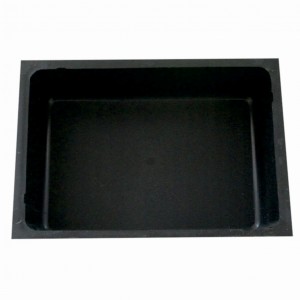


Esu labai patenkintas savo užsakymu. Geras bendravimas ir pakuotė. Pridėtos sėklų sėjos instrukcijos. Rekomenduoju.